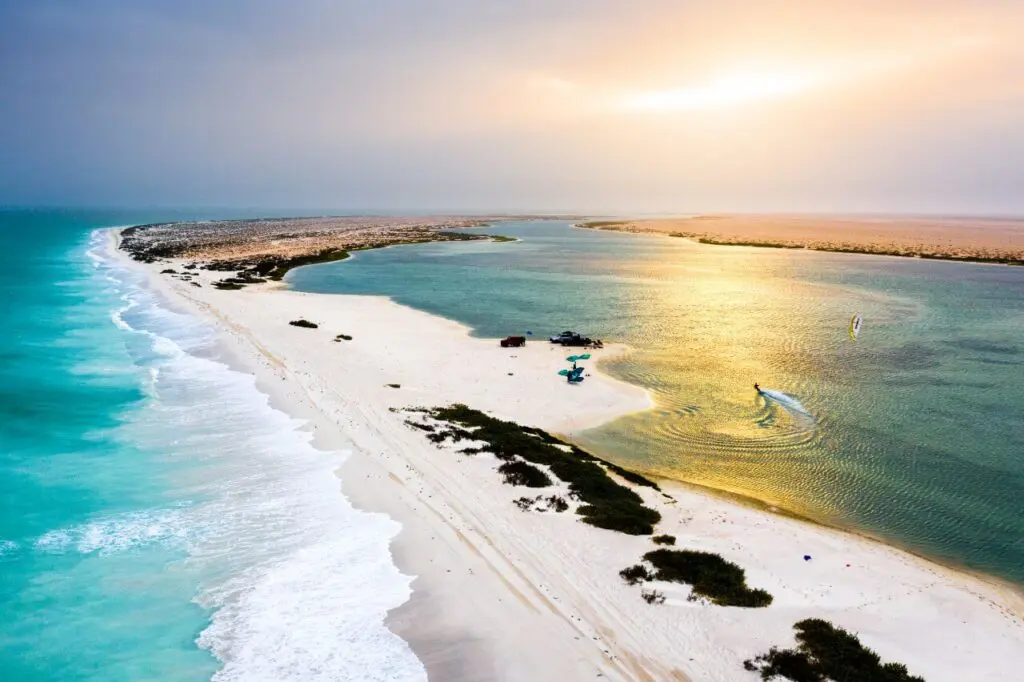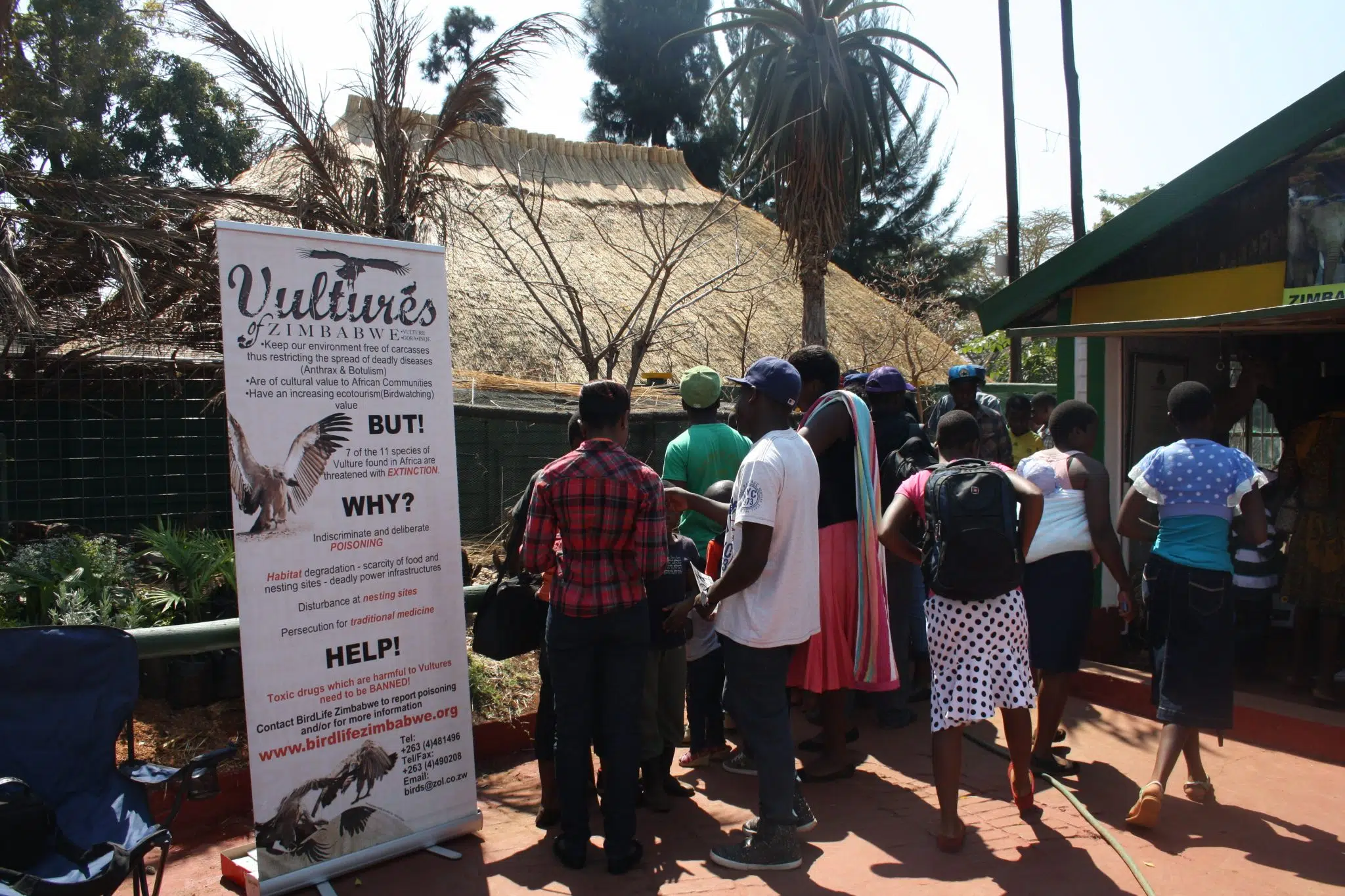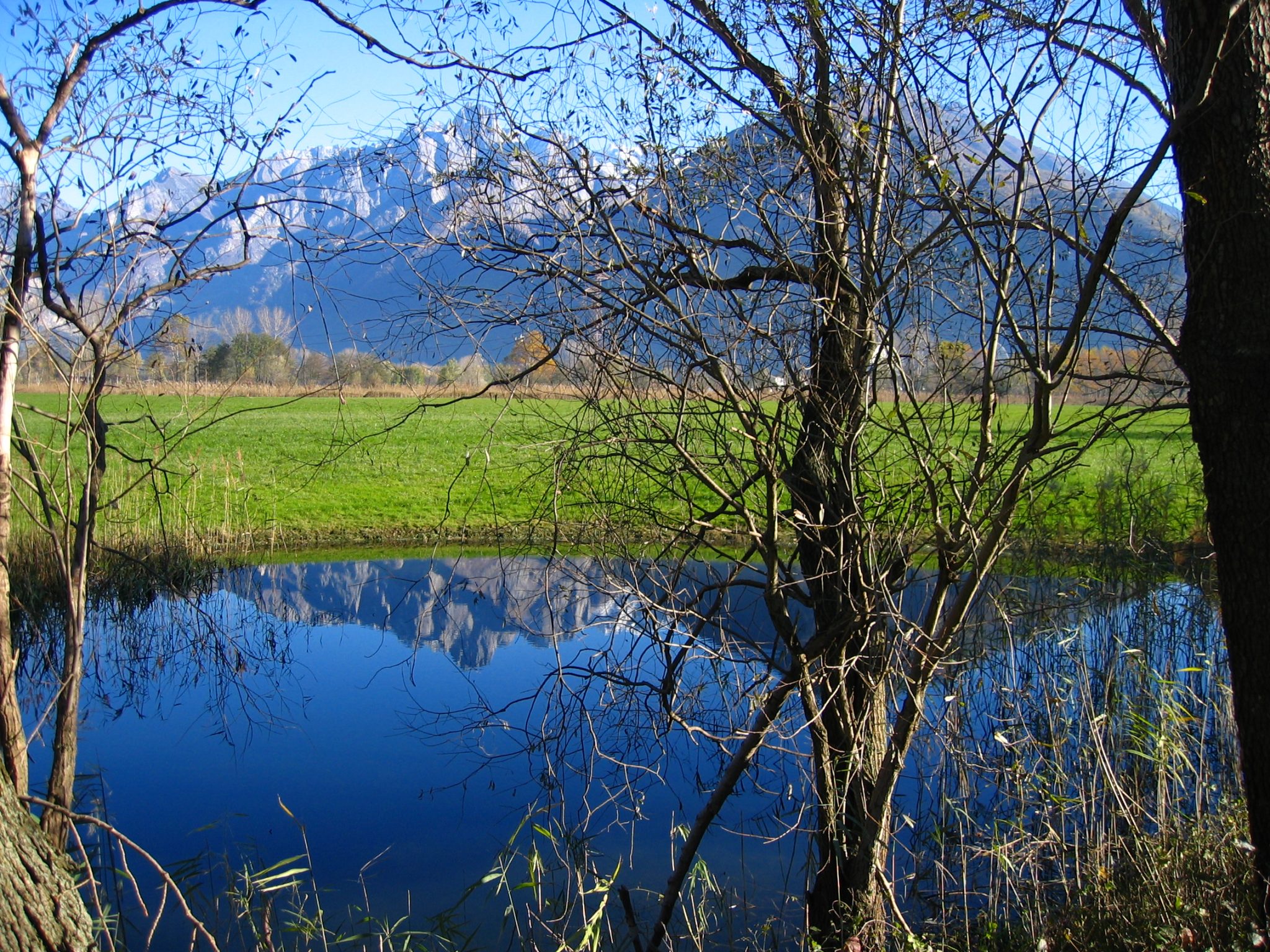Irreplaceable: Barr Al Hikman, Arabian peninsula shorebird haven
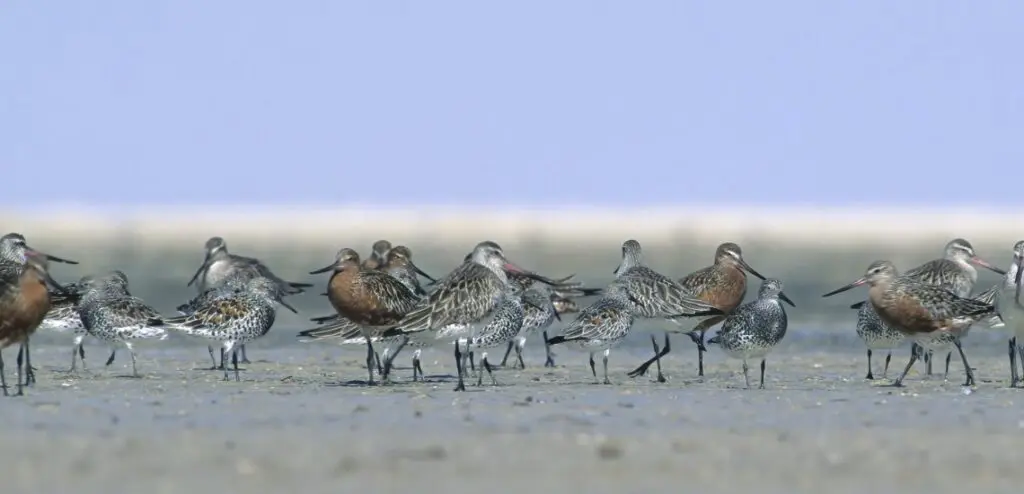
Barr Al Hikman in Oman is a vital rest stop for more than half a million birds, boasting some of the highest shorebird densities of any intertidal mudflat. The formal protection of this site would therefore secure a crucial, truly irreplaceable, hub for migratory birds.
Barr Al Hikman is a wetland paradise of outstanding importance for migratory birds along the West Asian–East African Flyway. It is well known for its biodiversity, with enormous numbers of invertebrates hidden in the sediments, offering good food resources for the hundreds of thousands of migratory waterbirds that depend on this coastal oasis as they pass over the Arabian peninsula during their travels. Indeed, in 2017 an team from Wetlands International found more than half a million birds wintering in Barr Al-Hikman, and recorded a total of 63 waterbird species at the site in 2017-2019. Overall, the shorebird density on the intertidal mudflats of Barr Al Hikman is among the highest recorded globally, making it one of the most important coastal wetlands in the world.
One of the species that relies on this wetland is the Curlew Sandpiper Calidris ferruginea (Near Threatened), which migrates a staggering 6000 kilometres from its breeding grounds on the Siberian tundra to Bar Al Hikman every winter to take advantage of the habitat’s exceptional food availability. After replenishing its energy, this intrepid wader continues its journey another 6000 kilometres to South Africa.
Barr Al Hikman is a rocky limestone peninsula of 900 square kilometres, with the longest natural sand bar in the Middle East. The most important habitats are extended gravel plains, coastal and inland sabkha (a mixture of sand, mud, and salt), intertidal mudflats and shallow lagoons, which are connected to sea bays and straits. Abundant populations of fish within the bay and straits attract whales and dolphins, while no less than four threatened species of sea turtle nest on its shores. It is also home to outlandish invertebrates such as the Red-eyed Rock Crab Eriphia sebana, which lives within massive tangles of interwoven calcareous tubes made by colonial tube worms. It feeds on smaller crabs and snails, to which end it has evolved massive claws with molar-like “teeth” that can crack thick shells.
By Enas Al Sarahneh
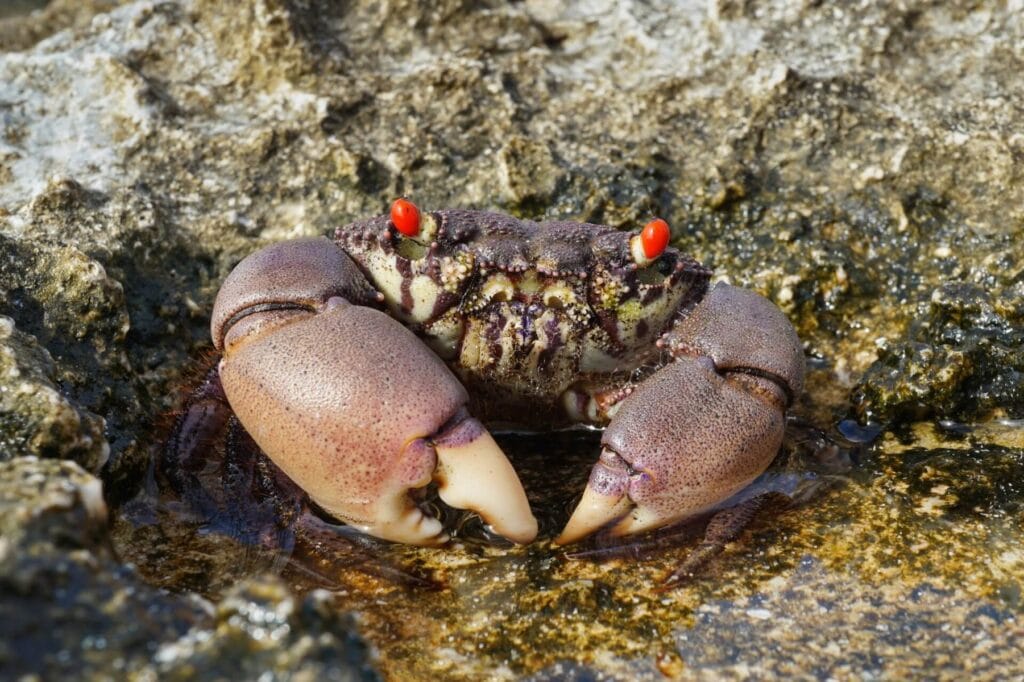
The wetland has been identified by BirdLife as an Important Bird & Biodiversity Area, and is also a Key Biodiversity Area. Moreover, the site qualifies as internationally important wetland under the criteria of the Ramsar Convention, as it regularly supports more than 20,000 waterbirds or at least 1% of a waterbird species’ population. Recent surveys show that Barr Al Hikman meets these criteria for no fewer than 21 species.
An estimated 35% of all wetlands globally have been lost since the 1970s, leading to increased risk of extinction for many species. Coastal wetlands in many parts of the Arabian Peninsula are under pressure. Studies show that human activities are increasingly leading to degradation and loss of important sites in the region. Species like the Great Knot Calidris tenuirostris are already Endangered due to reclamation of other wetland stopover sites elsewhere on their journey. The formal protection of this site would therefore secure a crucial, truly irreplaceable, hub for migratory birds at the centre of West Asian–East African Flyway.
